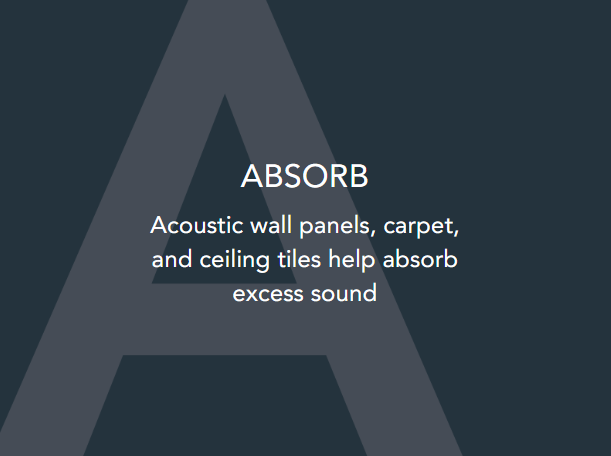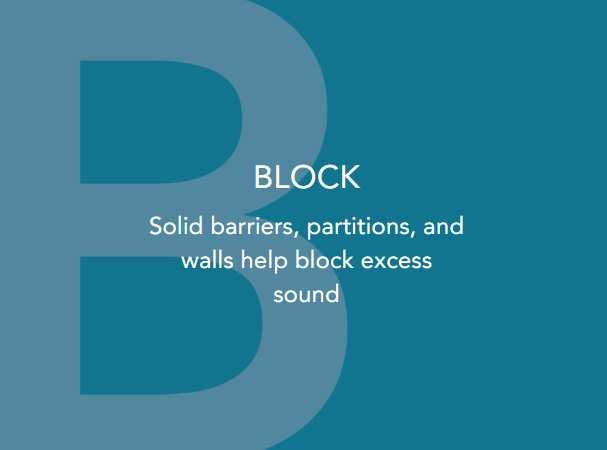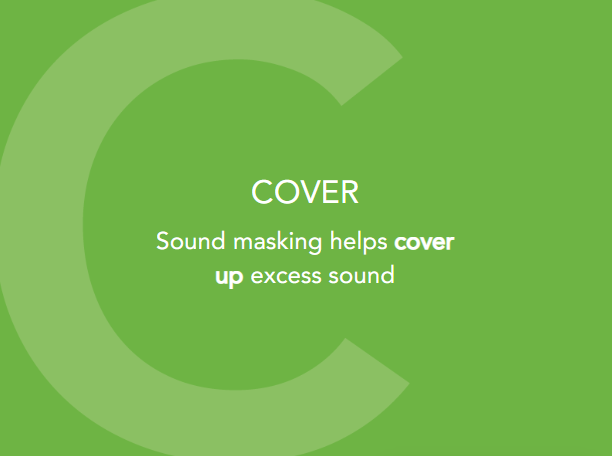Boost Productivity
& Privacy
Sound masking promotes speech privacy and prevents accidental listening, creating more productive workspaces that allow employees to focus on the task at hand.
Working with our partners at Bi-Amp and Cambridge Aqord can design, supply and install your system at any stage of your build or refurbishment.
Why do you need Sound Masking?
Sound masking is a critical component of acoustic design. When designing an optimal acoustic environment, a variety of elements should be considered to address noise control and speech privacy. Elements added either Absorb, Block, or Cover sound.
Since materials that absorb and block sound are being de-emphasized in modern construction, it’s imperative that the “C” part of the architectural acoustics equation is considered. Sound masking can help spaces achieve a state of acoustical comfort.



What is Sound Masking?
Sound masking is the process of adding a low level, unobtrusive background sounds to an environment to reduce the intelligibility of human speech and reduce noise distractions in that environment. It is a key tool to help solve the speech privacy problem.
Boost Workplace Productivity with Sound Masking
Noise distractions result in office workers being interrupted every 11 minutes¹, and it can take them up to 23 minutes to get back into the “flow” of what they were doing prior to the interruption.
Reduce Office Noise Distractions with Sound Masking
Open offices are great for collaboration, but offer almost no speech privacy and are full of distractions.
Protect Speech Privacy in the Workplace
Insufficient speech privacy is the number one complaint among office workers¹Sound masking systems generate a specially engineered frequency that makes speech unintelligible and improves workplace privacy.
Improve Workplace Acoustics with Sound Masking
Provide more functional, productive, and acoustically comfortable working environments with sound masking solutions.
Give us a call today to discuss how Aqord can design and install a Sound Masking System for your business.
How Does Sound Masking Work?

Sound masking is barely noticeable and sounds similar to airflow, but it’s specifically tuned to the frequency and amplitude of human speech to make speech less intelligible.

The sound is introduced through speakers installed in the ceiling, creating a blanket of sound.
Sound masking typically reduces the area where speech is intelligible and distracting from upwards of 50 feet to around 15 feet.



